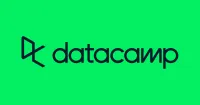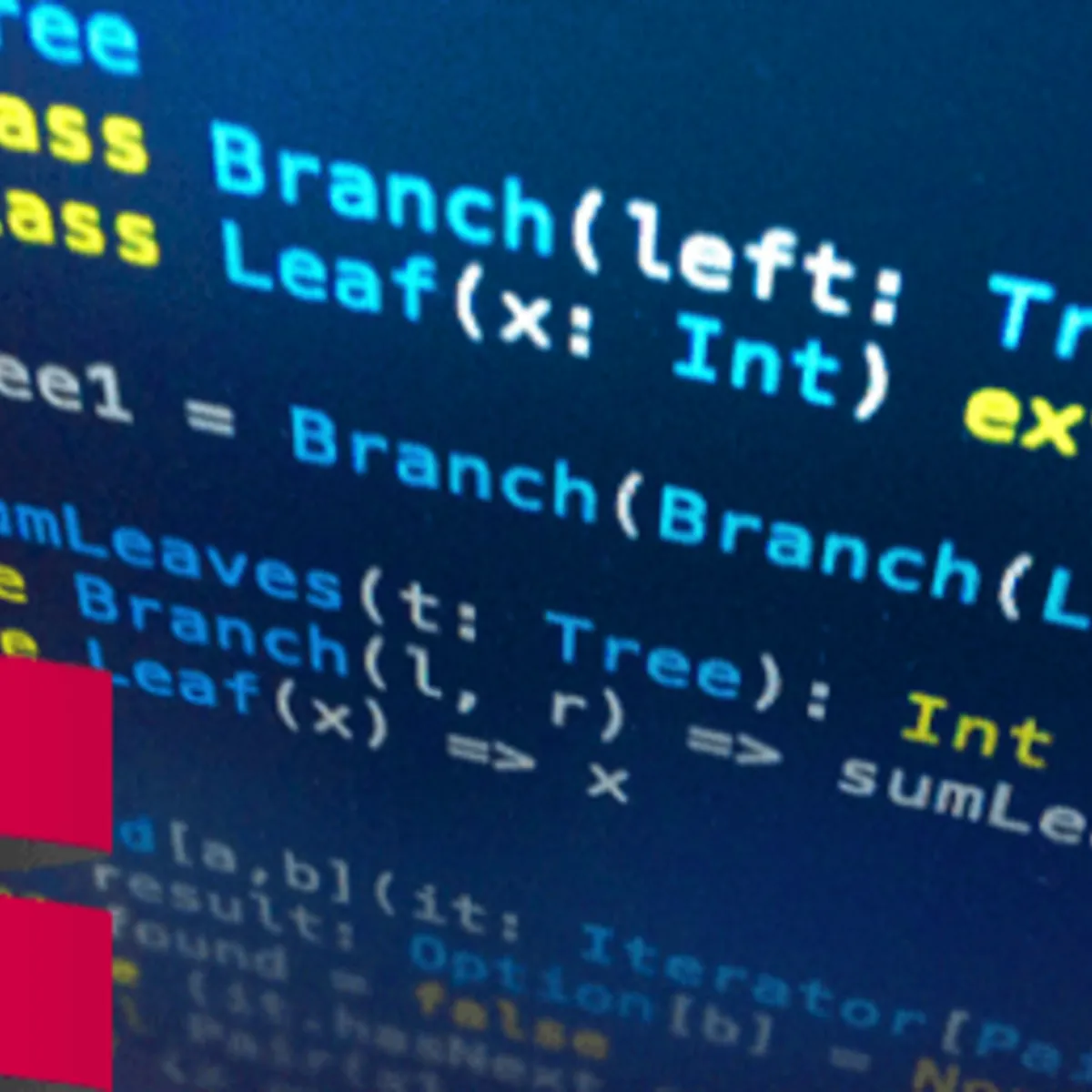
Introduction to Spark SQL in Python 
Spark SQL is a powerful tool for data analysis in Python. In this tutorial, you'll learn how to create and query a SQL table in Spark, and how to use SQL window functions to make your queries more expressive. You'll also discover how to properly cache dataframes and SQL tables, and how to use the Spark UI and query execution plan to evaluate your application and tune query performance. With Spark SQL, you can unlock the power of SQL to analyze your data. ▼
ADVERTISEMENT
Course Feature
![]() Cost:
Cost:
Free Trial
![]() Provider:
Provider:
Datacamp
![]() Certificate:
Certificate:
No Information
![]() Language:
Language:
English
Course Overview
❗The content presented here is sourced directly from Datacamp platform. For comprehensive course details, including enrollment information, simply click on the 'Go to class' link on our website.
Updated in [June 30th, 2023]
This course provides an introduction to Spark SQL in Python. Students will learn how to create and query a SQL table in Spark, and how to use SQL window functions in Spark. Additionally, students will learn how to properly cache dataframes and SQL tables, how to evaluate their application, how to use the Spark UI, and how to use the query execution plan to assess the provenance of a dataframe. By the end of the course, students will have a better understanding of how to use Spark SQL in Python.
[Applications]
The application of this course can be seen in the ability to create and query a SQL table in Spark. Additionally, the course provides an understanding of how to properly cache dataframes and SQL tables, as well as how to evaluate an application with the Spark UI. Furthermore, the course teaches how to use the query execution plan to assess the provenance of a dataframe, which can be used to tune query performance issues introduced by Spark SQL.
[Career Path]
The career path recommended to learners of this course is a Data Engineer. A Data Engineer is responsible for designing, building, and maintaining data pipelines and architectures. They are also responsible for ensuring the accuracy and integrity of data, as well as developing and deploying data models. Data Engineers must have a strong understanding of data structures, algorithms, and software engineering principles. They must also be able to work with a variety of programming languages, such as Python, Java, and SQL.
The development trend for Data Engineers is to become more specialized in their field. As data becomes more complex, Data Engineers must be able to understand and work with more sophisticated data architectures. They must also be able to work with a variety of data sources, such as streaming data, machine learning models, and NoSQL databases. Additionally, Data Engineers must be able to work with a variety of tools, such as Apache Spark, Apache Kafka, and Apache Hadoop. As data becomes more complex, Data Engineers must be able to understand and work with more sophisticated data architectures.
[Education Path]
The recommended educational path for learners of this course is to pursue a degree in Data Science. Data Science is a field of study that combines mathematics, statistics, computer science, and domain knowledge to extract insights from data. It involves the use of algorithms, machine learning, and artificial intelligence to analyze large datasets and uncover patterns and trends.
Data Science degrees typically include courses in mathematics, statistics, computer science, and domain knowledge. Students learn how to use programming languages such as Python and R to analyze data and create visualizations. They also learn how to use tools such as Spark SQL to query and manipulate data. Additionally, they learn how to use machine learning algorithms to build predictive models.
The development trend of Data Science degrees is to focus on the application of data science in various industries. This includes courses in data engineering, data visualization, and data mining. Additionally, courses in natural language processing, computer vision, and deep learning are becoming increasingly popular. As data science becomes more widely used, the demand for data scientists with specialized skills is growing.
Course Syllabus
Pyspark SQL
Using window function sql for natural language processing
Caching, Logging, and the Spark UI
Text classification
Course Provider

Provider Datacamp's Stats at AZClass
Discussion and Reviews
0.0 (Based on 0 reviews)
Explore Similar Online Courses

Maths for Data Science by DataTrained

The Digital Marketing Revolution

RDBMS PostgreSQL

Intro To PostgreSQL Databases With PgAdmin For Beginners

PostgreSQL: Client Applications

Mastering SQL using Postgresql

Database Design and Basic SQL in PostgreSQL

PostgreSQL: Advanced Queries

Spatial SQL with Postgres : A language for geographers

Learn SQL Using PostgreSQL: From Zero to Hero

PostgreSQL Essential Training


Start your review of Introduction to Spark SQL in Python